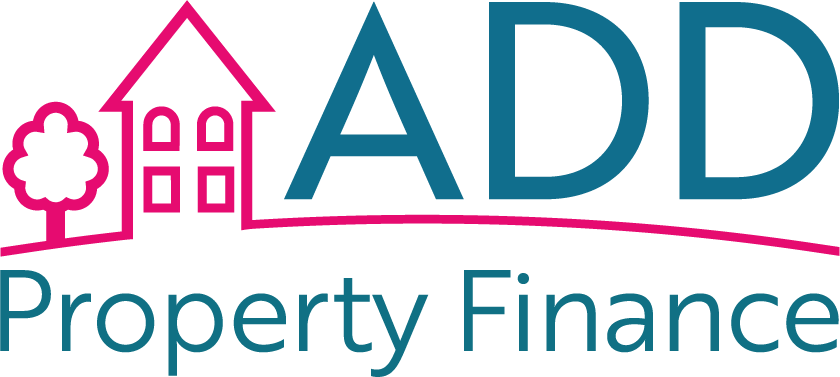For many homeowners, the journey to acquiring a new property, whether it’s upsizing, downsizing, or investing, can be a complex puzzle with various financial pieces to fit together. One such piece that often comes into play is a bridging loan. In this guide, we’ll provide a comprehensive overview of what bridging loans are, how they work, and when homeowners might consider using them to bridge the gap between property transactions.
What Are Bridging Loans?
Bridging loans are short-term financial solutions designed to “bridge” a gap in funding. They are typically used when a homeowner needs quick access to funds to purchase a property before the sale of an existing one is completed. Bridging loans can also be used for property development projects or to secure a property at auction.
How Do Bridging Loans Work?
Here’s a step-by-step breakdown of how bridging loans work:
1. Application: Homeowners apply for a bridging loan through a lender or a mortgage adviser. The application process is typically faster and less complex than traditional mortgage applications.
2. Valuation: The lender assesses the value of the homeowner’s existing property and the property they intend to purchase. This valuation determines the loan-to-value (LTV) ratio.
3. Loan Approval: If the lender is satisfied with the valuation and the homeowner’s ability to repay the loan, they approve the bridging loan.
4. Funds Disbursement: Once approved, the lender disburses the loan amount. This can happen quickly, often within a matter of weeks or even days.
5. Interest and Repayment: Borrowers are responsible for paying the interest on the loan, typically on a monthly basis. The full loan amount is typically repaid when the homeowner sells their existing property or secures long-term financing, such as a traditional mortgage.
When to Consider Bridging Loans
Homeowners might consider using bridging loans in various situations:
1. Property Chains: When buying a new property is contingent on selling an existing one, bridging loans can prevent delays caused by property chains.
2. Property Auctions: Bridging loans provide the necessary funds to secure properties at auctions where immediate payment is required.
3. Property Development: Homeowners looking to renovate, extend, or convert a property can use bridging loans to cover construction costs.
4. Quick Property Purchase: Bridging loans can expedite property purchases when a standard mortgage application might take too long.
5. Downsizing or Upsizing: Homeowners can use bridging loans to facilitate transitions between properties when the sale and purchase dates don’t align.
6. Investment Opportunities: Investors can use bridging loans to seize lucrative investment opportunities quickly.
Conclusion
Bridging loans serve as a versatile financial tool for homeowners, providing the flexibility and speed needed in various property-related scenarios. However, they come with higher interest rates and shorter terms, so careful consideration and financial planning are essential. If you’re contemplating the use of a bridging loan, it’s advisable to consult with a mortgage adviser or financial expert to ensure it aligns with your property and financial goals. With the right strategy, bridging loans can help homeowners navigate the property market’s twists and turns with confidence.







